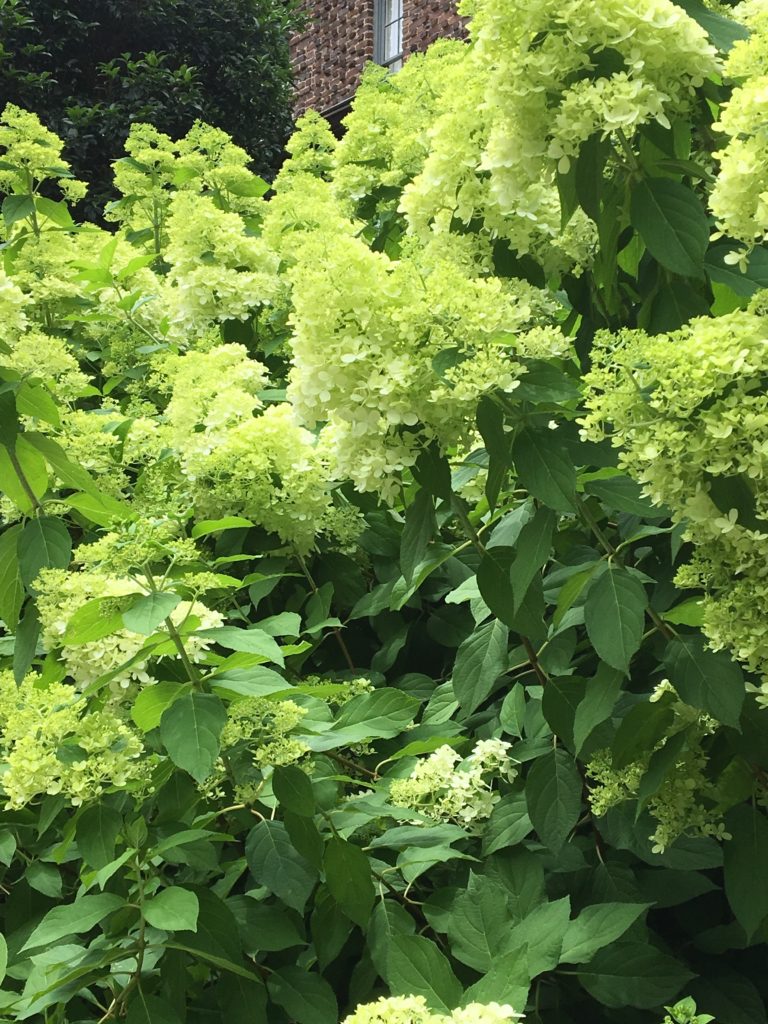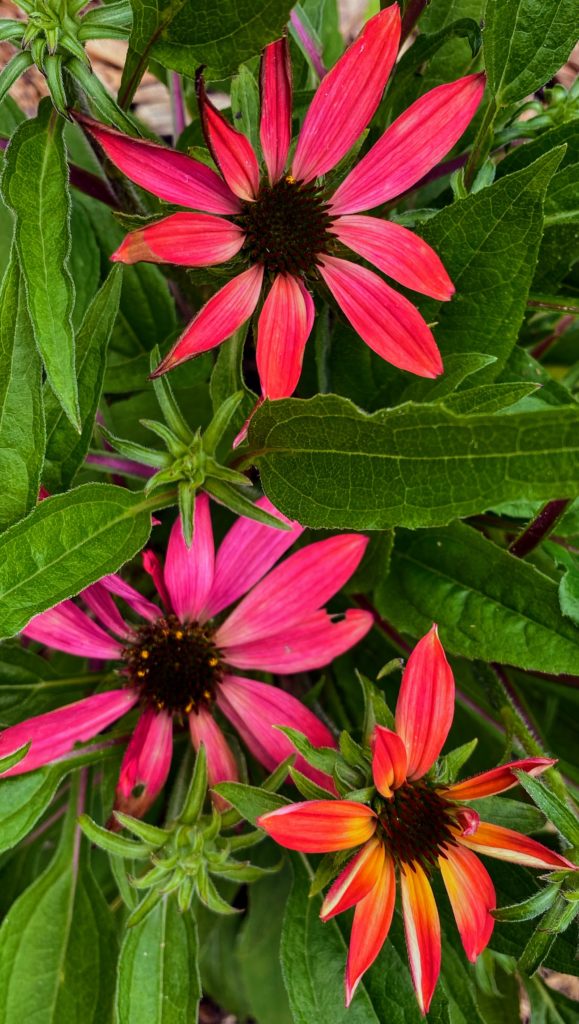
It’s February, and by the end of this month Southerners will be anxiously awaiting the arrival of spring. If you’re thinking about doing any type of gardening this year, now is a great time to pin down what you’d like to try. On these rainy, cold days we’re all daydreaming about doing something-anything-outdoors. If you happened upon my website today, and you’ve never done any gardening, I want to share some of the things I’ve learned along the way.
Buy a Book, Find a Gardening Companion
If you have no idea where to start, buy a book on basic gardening in the South. The key word here is SOUTH. It is better to start with plant ideas that apply to your area of the country, as opposed to say, California, where clumps of stunning blue agapanthus bloom in patches of dirt anywhere they are planted, even in gas station parking lots. (It makes me weep a little thinking of it.) In terms of gardening, California is another world, one that I personally love, but information on West coast gardening might lead you astray.
Easy Starter Plants
If you crave lots of flowers, consider planting a summer-flowering shrub as your first foray into the plant world. If you’re wondering why I would recommend a shrub, the reason is bloom potential. Most of us gardeners want to see lots of flowers, not just a few flowers, and this is exactly what you’ll get if you choose your shrubs wisely. There are quite a few flowering shrubs that bloom all summer long, and when you’re a newbie, all those pretty flowers will make you feel like you know exactly what you’re doing.
If you have a sunny spot, and you love roses, try the ‘Knockout’ rose series, ideal for gardens in Southern zones due to their disease resistance in hot, humid weather. You can expect masses of blooms in late spring, followed by cycles of bloom through the summer months.

Another Southern favorite is the panicle hydrangea, with lots of voluptuous flowers that change color from pale green to white in summer, and then slowly fade to tawny rose in fall. There are many cultivars and sizes to try, such as ‘Little Lime’, ‘Fire Light’, and ‘Quick Little Fire’. Check the tag to be sure you’re getting the shrub size that works best in your garden space. These plants will grow in full sun if given adequate moisture, but they prefer a bit of afternoon shade in Southern zones.

A third easy plant for new gardeners is vitex, or chastetree. Vitex is typically a small tree, but growers have introduced new cultivars perfect for smaller garden areas, such as ‘Blue Diddley’. It is drought tolerant and will grow in full sun or partial shade. Vitex is known for its vibrant blue blooms, attracting pollinators and hummingbirds all summer long.
Any of the shrubs I’ve highlighted here can be planted in the garden as soon as you see them displayed in garden centers in March or April. Plant as early as you can so that roots will have a chance to settle in before summer heat arrives.
A Dash More Color
If you want to add even more color to your first garden experiment, think about adding a few long blooming perennials or annuals around the base of your flowering shrub. Here are a few ideas:
Perennial salvias, such as Salvia microphylla ‘Hot Lips’ are perfect for hot, sunny areas, and just three planted around the base of your shrub will give you colorful blooms all summer. Echinacea, or coneflower, is another good perennial for lasting color. You can choose our native purple coneflower, or one of the cultivars in gold, orange, or magenta.

If you’re looking for an easy-to-grow annual flower to add to your garden, angelonia or summer snapdragon, is an excellent choice for areas in full sun. For areas with morning sun and afternoon shade, consider whopper begonias or dragonwing begonias for non-stop bloom until fall.
Easy Vegetables to Grow From Seed
If you live in a state with scorching hot summers (Georgia, Alabama, Louisiana, Mississippi — I’m thinking of you), summer can be a challenge for new gardeners. In both spring and fall you can easily grow herbs like parsley and cilantro, or greens like lettuce, kale, and spinach from seed, and it will be easy to keep them watered while temperatures are pleasant and regular rainfall is more likely. For the heat of summer, try an easy vegetable like okra. Given regular water and a bit of organic fertilizer, a patch of okra will thrive even in withering heat, and pests (even deer) seem to leave it alone. There is nothing like a plate of fried okra and sliced tomatoes for the dinner table. Please note that an okra blossom, which is actually quite beautiful, becomes a smallish okra pod in exactly two days in mid-summer. This is when you want to pick it, not when it is five inches long and tough as old boots. The more okra you pick, the more it will produce.
You will find many beautifully-photographed books out there on growing vegetables, and if this is your thing, I encourage you to pick one up that is appropriate for where you live. There are some very creative, vegetable-loving garden writers out there who will give you the all the details you need to experiment with your favorites.
Stay Focused on the Real World
My last bit of advice is about social media. Don’t get lost on instagram gazing at beautiful garden photos while you’re waiting for spring to begin your first project. It is very easy to fall down this rabbithole. If you do, remember that most gardeners on insta are not showing you the bare patch of dirt where the camassia bulbs never emerged. They are most likely showing you the best image of the garden on that day, or taking a look back at one glorious summer day when everything looked divine. Everyone starts somewhere. Everyone has failures, even very famous gardeners. I hope you’ll take a leap of faith, and get out there, and grow something beautiful. I know you can do it.
For more on Southern gardening, check out my new book released by UNC Press at the link below:
https://www.uncpress.org/book/9781469661766/color-rich-gardening-for-the-south/